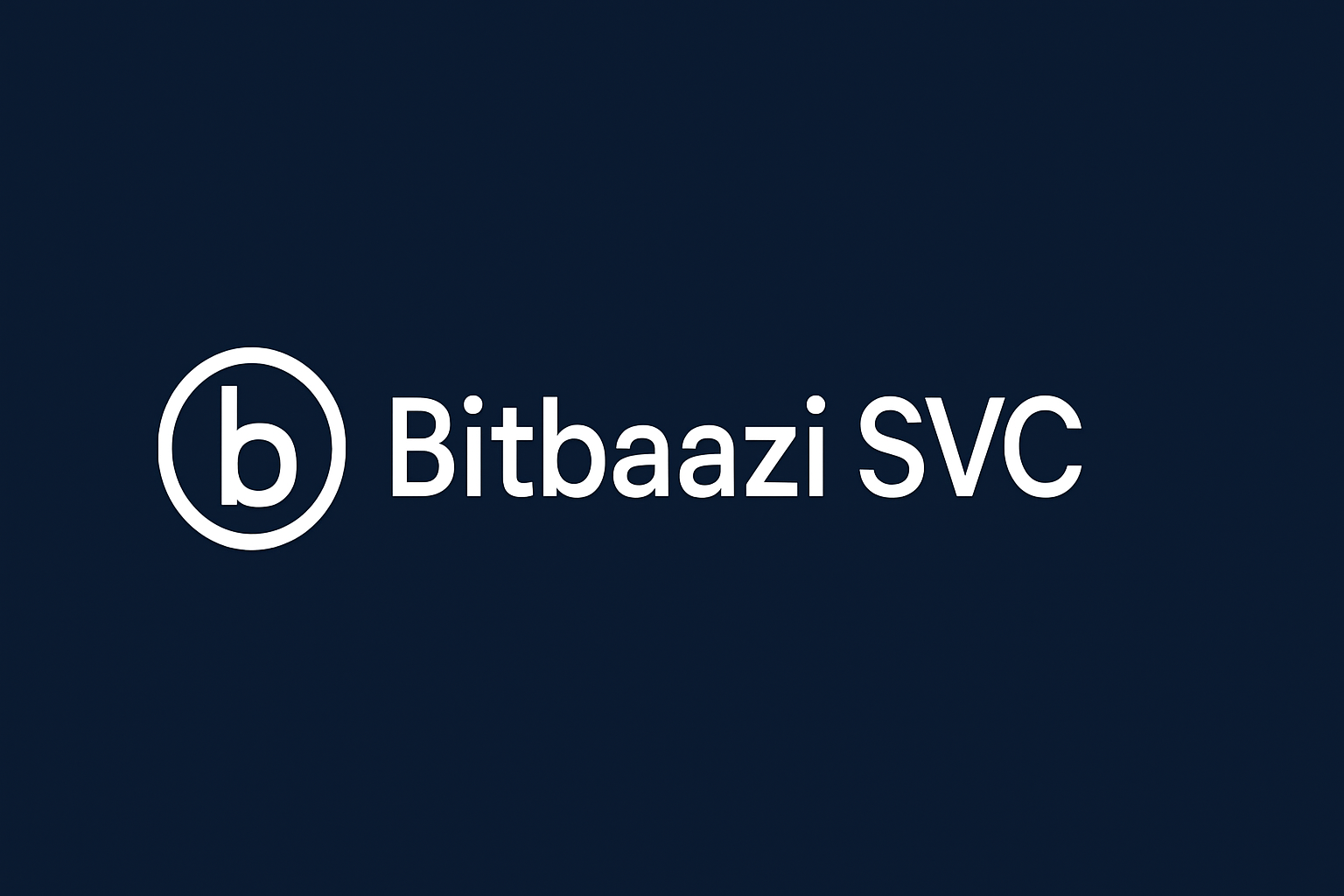SVC Guide — Source Verification & Citations | bitbaazi
Summary
- Trust first-party sources; label all secondary summaries.
- Score evidence by recency, authorship, reproducibility.
- Cite where facts could change or cost readers money.
- Keep an audit trail: URLs, dates, files, screenshots.
Strong copy starts with verified facts and clear trails; this guide shows how to apply SVC in crypto articles so readers can check claims and editors can audit decisions.
What the framework covers
It defines how we find, vet, and attribute facts across fast-moving crypto topics.
The framework prioritizes first-party materials (official blogs, docs, X posts, filings, on-chain data) and requires labels for anything derivative. Conflicts of interest and affiliate relationships must be disclosed inline when relevant to a claim or recommendation context.
Evidence levels and change risk
We grade sources by who published them, how they were produced, and how likely they are to change.
Level A: Official docs, regulatory filings, on-chain txs, signed posts. Level B: Company blog recaps, engineering threads. Level C: Reputable media summaries. Level D: Social rumors. High-volatility facts (prices, deadlines, APYs, lists) must carry a citation and date stamp. Keep a local copy when permissible.
Workflow & checklists
A short, repeatable workflow reduces errors and speeds edits.
1) Collect: Gather first-party links + archive hashes. 2) Verify: Cross-check names, numbers, dates in ≥2 Level A/B sources. 3) Attribute: Cite near the claim that could change. 4) Label: Note assumptions, limitations, and whether data is preliminary. 5) Record: Save URLs, UTC timestamps, files, and screenshots to the story folder. 6) Review: Final read for inconsistent numbers across EN/ZH/JA.
FAQ
Q1. What requires a citation?
A. Any claim that can change after publication (prices, deadlines, allocations, rules) or may cause readers to spend time/money.
Q2. Where do citations go?
A. Inline near the claim or at a section end; avoid burying everything at the bottom if the section is long.
Q3. How do we cite social posts?
A. Link to the original handle and post URL; prefer verified or official accounts; avoid screenshots without links.
Q4. What about private docs?
A. If you must summarize, state “editor-seen document” and avoid publishing sensitive content; seek a public substitute ASAP.
Takeaways
- Prefer Level-A sources and label anything downstream.
- Cite volatile facts with a date stamp and keep an audit trail.
- Use identical names/numbers across EN/ZH/JA for consistency.
- Disclose conflicts and affiliate ties at the point of impact.
框架范围与目标
本框架规定在加密领域如何寻找、核验并标注事实,使读者可复核、编辑可审计。
优先一手材料(官网文章、Docs、官方 X、监管文件、链上交易),二手内容须标注来源与时间;涉及利益相关或推广时必须在段内披露一次(SVC)。
证据分级与变更风险
来源按发布者、生产方式与可变性打分,分级决定引用强度与说明粒度。
A 级:官方文档、监管披露、链上数据、签名帖子;B 级:公司工程帖;C 级:主流媒体摘要;D 级:社媒传闻。价格、期限、配售等高波动信息须附引用与日期,并在允许范围内保存副本。
工作流与清单
用固定流程提升速度并降低错误。
1) 收集一手链接与存档;2) 交叉核对名称、数字、日期(≥2 个 A/B 级);3) 在易变更主张旁就近引用;4) 标注假设与限制;5) 保存 URL、UTC 时间与截图;6) 多语言一致性终审。
枠組みの範囲と目的
急変しやすい暗号資産分野で、事実の発見・検証・帰属を定義し、読者が検証でき編集部が監査できる状態を保ちます。
一次情報(公式ブログ、Docs、公式X、開示、オンチェーン)を最優先とし、二次情報は出典と時刻を明記します。利害関係やアフィリエイトは該当箇所で必ず開示します(SVC)。
証拠レベルと変動リスク
発信者・作成方法・変動性で格付けし、引用の強さと注記の粒度を決めます。
レベルA:公式文書・開示・オンチェーン・署名投稿/B:技術スレッド/C:有力メディア要約/D:SNS噂。価格・締切・配分など高変動項目は日付付き出典とローカル保存を徹底します。
ワークフローとチェックリスト
短い定型を繰り返すことで誤りを減らし、編集も速くなります。
1) 一次リンク+アーカイブ取得/2) 名称・数値・日付をA/Bレベルで相互確認/3) 変動する主張の直近に出典を配置/4) 仮定・制約・暫定を明示/5) URL・UTC時刻・スクショを保存/6) EN/ZH/JAの数値・固有名一致を最終確認。
